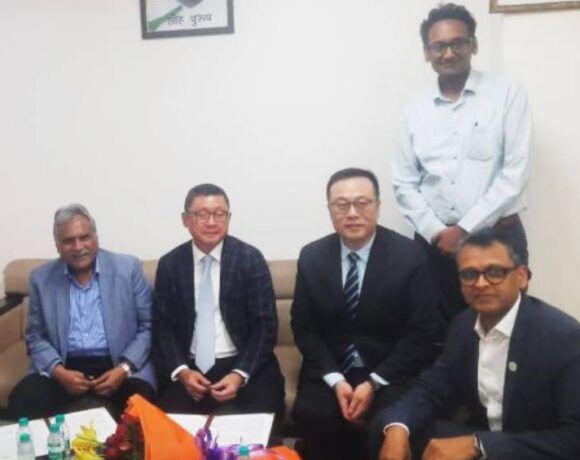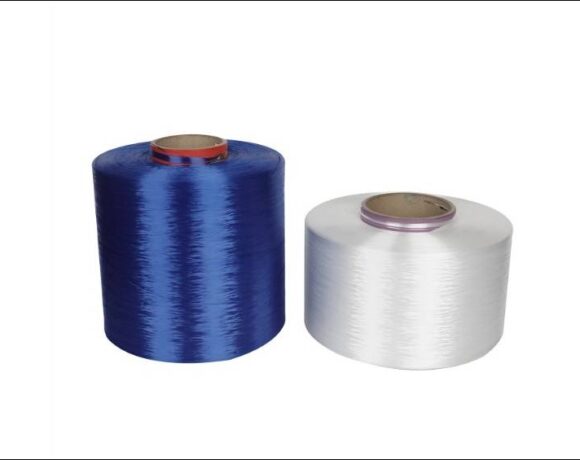India Extends PLI Scheme Timeline Amid Textile Export Challenges

The Indian government has decided to extend the timeline for setting up facilities under its Production Linked Incentive (PLI) scheme from two years to over three years. This adjustment aims to improve the scheme’s effectiveness in boosting India’s textile exports, which saw a decline of 11.69% from $16.24 billion in 2018 to $14.34 billion in 2023, as reported by Mint.
In response to the scheme’s underperformance, the government plans to conduct periodic reviews across sectors to assess progress and make necessary adjustments. There is consideration of restructuring the PLI scheme in sectors with slow growth and possibly discontinuing it in sectors lacking investor interest and progress.
Industry stakeholders have advocated for lowering the minimum entry threshold of the PLI scheme to allow smaller players, especially in the garment sector, to benefit. Rahul Mehta from the Clothing Manufacturers Association of India highlighted that the current structure favors large textile mills over apparel factories due to its requirement of substantial capital. Pawan Gupta, CEO of Fashinza, emphasized the need for a PLI scheme with reduced initial capital requirements tailored for the apparel industry, a major employment generator compared to automated textile mills.
The PLI scheme for the textile sector, with an approved outlay of ₹10,683 crore, aims to promote the production of man-made fibers (MMF) apparel, MMF fabrics, and technical textiles in India. MMFs such as viscose, polyester, and acrylic are chemically derived, while technical textiles find applications in sectors like aviation, defense, and infrastructure, producing items like PPE, airbags, and bullet-proof vests.
Currently, the government has approved 64 applicants under the scheme, projecting investments of ₹19,798 crore, a turnover of ₹1.94 crore, and employment generation for 245,362 people. Incentives for the first batch of applicants are expected to commence from 2025-26.
Ajay Srivastava from the Global Trade Research Initiative noted that from 2018 to 2023, India’s exports in garments and textiles decreased by 7.59% and 11.69%, respectively, while exports of made-ups rose by 3.10%. Made-ups encompass various textile products such as bags, carpets, and linens.
Despite these fluctuations, India remains the sixth-largest global exporter of textiles and apparel, with the industry making significant contributions to GDP, industrial production, and exports.
Imports in these sectors grew by 25.46% from $7.32 billion in 2018 to $9.18 billion in 2023, according to commerce ministry data, highlighting both challenges and opportunities for India’s textile sector amidst evolving global trade dynamics.














